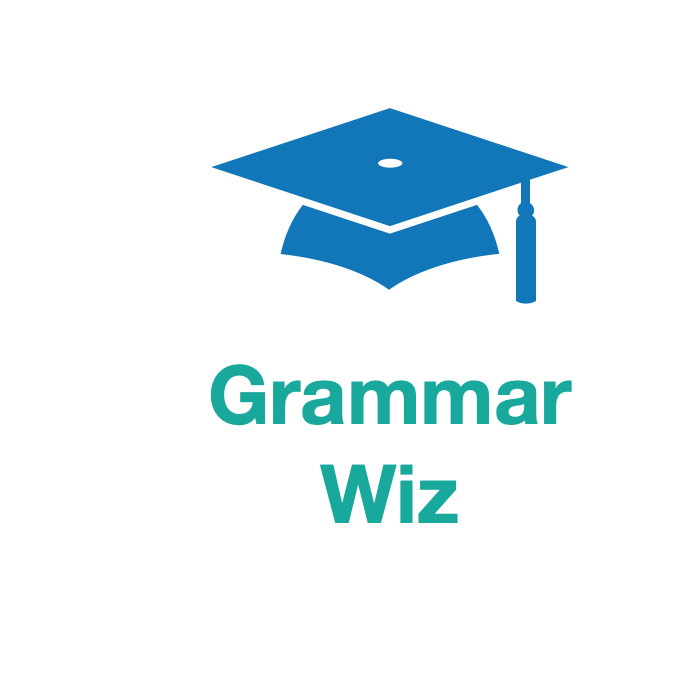- Home
- Grammar Lessons
- Inverted Conditional Sentences
Inverted Conditional Sentences
Inverted conditional sentences is a formal or literary way of expressing conditionals without using "if."
It involves switching the subject and verb, often using "should," "were," or "had" at the beginning of the sentence.
You can also watch a video of this lesson:

What Are Conditional Sentences?
Conditional sentences describe situations and their possible consequences. They usually have two parts:
- The If-clause (condition)
- The Main Clause (result)
For example:
- If it rains, we will stay inside.
Normally, conditionals use "if" to introduce the condition, but in formal or literary English, we can invert (reverse the order of) the subject and verb, removing "if." This is called inverted verb order in conditional sentences.
Forming Inverted Conditional Sentences
First Conditional (Real Conditional)
Normal First Conditional Structure:
This describes real or likely situations in the future and is created grammatically as follows:
If + present simple, will + base verb
🔹 Examples:
- If she studies hard, she will pass the exam.
- If you leave now, you will catch the bus.
Inverted First Conditional Structure:
👉 How to do it:
- "If" is removed.
- "Should" moves to the beginning.
- The subject and verb switch places.
= Should + subject + base verb, will + base verb
🔹 Examples with inversion:
- Should she study hard, she will pass the exam.
- Should you leave now, you will catch the bus.
Second Conditional (Unreal Conditional - Present/Future)
Normal Second Conditional Structure:
This describes hypothetical or unlikely situations in the present or future.
If + past simple, would + base verb
🔹 Examples:
- If he had more time, he would travel the world.
- If I were rich, I would buy a mansion.
Inverted Second Conditional Structure:
👉 How to do it:
- "If" is removed.
- "Were" moves to the beginning.
- If the verb is not "be" (as in no. 1) , use "to" + base verb after the subject.
= Were + subject + to + base verb, would + base verb
🔹 Examples with inversion:
- Were he to have more time, he would travel the world.
- Were I rich, I would buy a mansion.
Third Conditional (Unreal Past Conditional)
Normal Third Conditional Structure:
This describes imaginary situations in the past that did not happen.
If + past perfect, would have + past participle
🔹 Examples:
- If she had studied, she would have passed the test.
- If they had left earlier, they would have caught the train.
Inverted Third Conditional Structure:
👉 How to do it:
- "If" is removed.
- "Had" moves to the beginning.
- The subject follows "had," then the past participle.
= Had + subject + past participle, would have + past participle
🔹 Examples with inversion:
- Had she studied, she would have passed the test.
- Had they left earlier, they would have caught the train.
"Were it not for" Construction
This phrase is used instead of "If it were not for", meaning "without" or "if something did not exist". It emphasises how one thing prevents another from happening.
👉 How to do it:
- "If" is removed.
- "Were it not for" replaces "If it were not for."
🔹 Examples:
- If it were not for her help, I wouldn’t have finished the project.
→ Were it not for her help, I wouldn’t have finished the project. - If it were not for bad weather, we would go hiking.
→ Were it not for bad weather, we would go hiking.
Now test yourself in this Inverted Conditionals Exercise >>
New! Comments
Any questions or comments about the grammar discussed on this page?
Post your comment here.











